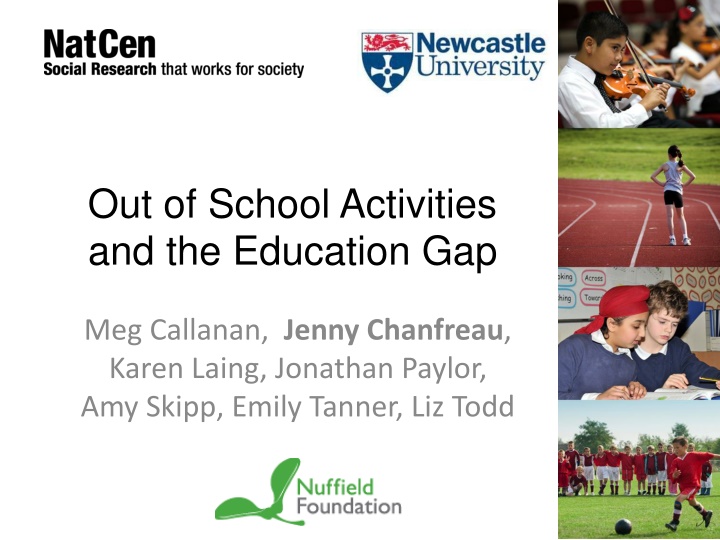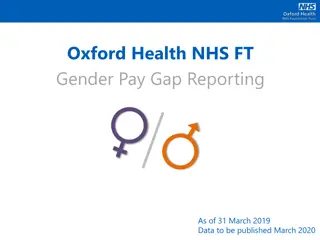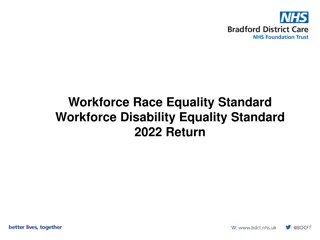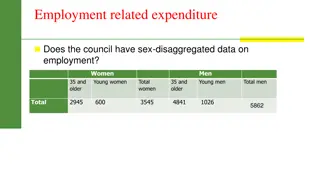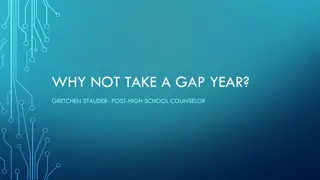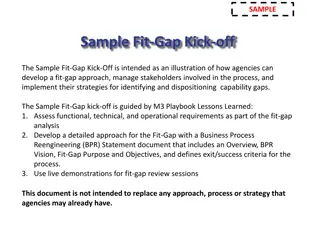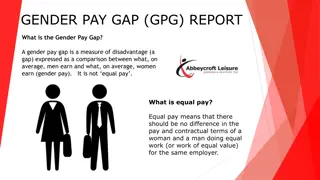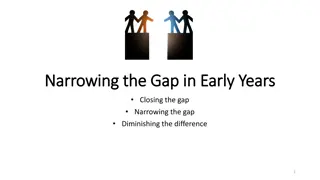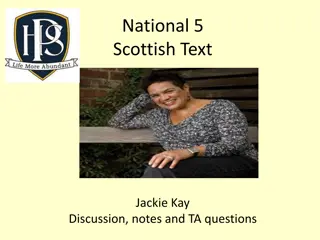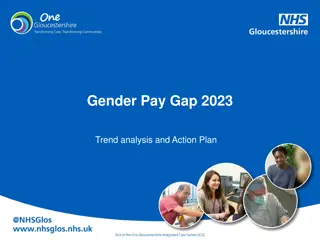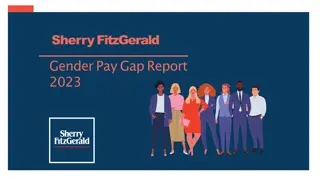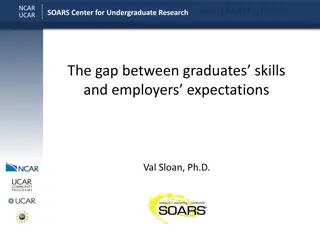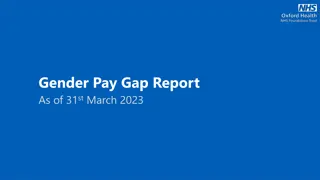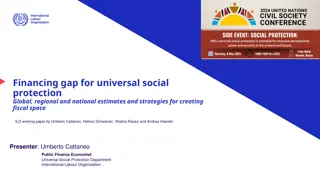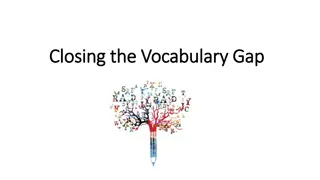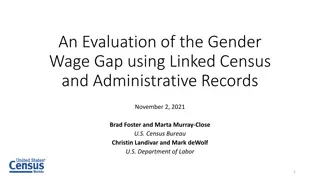Out of School Activities and Education Gap Analysis
This study delves into the impact of out-of-school activities on educational outcomes, focusing on the correlation between participation in extracurricular activities and academic performance. Through literature reviews, data analysis, and qualitative case studies, the research aims to identify potential factors influencing the educational disparities among young people based on socioeconomic backgrounds.
Download Presentation

Please find below an Image/Link to download the presentation.
The content on the website is provided AS IS for your information and personal use only. It may not be sold, licensed, or shared on other websites without obtaining consent from the author.If you encounter any issues during the download, it is possible that the publisher has removed the file from their server.
You are allowed to download the files provided on this website for personal or commercial use, subject to the condition that they are used lawfully. All files are the property of their respective owners.
The content on the website is provided AS IS for your information and personal use only. It may not be sold, licensed, or shared on other websites without obtaining consent from the author.
E N D
Presentation Transcript
Out of School Activities and the Education Gap Meg Callanan, Jenny Chanfreau, Karen Laing, Jonathan Paylor, Amy Skipp, Emily Tanner, Liz Todd
Definitions Learning activity outside normal school hours that children take part in voluntarily. (Department for Education) Organised activities with adult supervision music lessons sports clubs/ lessons/ training Breakfast/ after-school clubs Brownies/Cubs
Hypothesis We hypothesise that children who take part in out of school activities do better educationally, and want to explore the processes underlying this link. We want to know if this link is important for disadvantaged young people. Processes Evidence
Attainment gap: cognitive ability at age 3 & 5 by socio-economic position Source: Dearden, L., Sibieta, L., & Sylva, K. (2010) Ch 3 3 From birth to age 5: evidence from the Millennium Cohort Study. In http://www.jrf.org.uk/system/files/poorer-children-education-full.pdf
3 Study Components 1. Literature review of Theories of Change 2. Analysis of Millennium Cohort Study & NPD* Activities asked about during primary: 5, 7 & 11 years Attainment at KS1 & KS2 (England) 3. Qualitative case studies in 8 schools Interviews with head teachers, activity providers, inclusion managers and parents. Focus groups with children. *University of London. Institute of Education. Centre for Longitudinal Studies, Millennium Cohort Study: Linked Education Administrative Dataset (KS1 & KS2), England: UK Data archive Secure Access.
Wrap-around clubs in MCS Base: All children taking part at age 5, 7 & 11
Who does what? Typology of activities in MCS Self-directed social 30% School clubs, friends, screen time Hobbies 26% Sport, music, other clubs, no childcare Granny & Sport 19% Informal childcare, sport Extra instruction 14% Religious activity, tuition Extended school day 8% School clubs for childcare, sport Busy & highly structured 5% Childcare, tuition, music, sport For more detail on the typology see natcen.ac.uk/media/563160/out of school-resbr2.pdf
Typology of activities in MCS and KS2 attainment Smallest n=297 (Busy & highly structured) For more detail on the typology see natcen.ac.uk/media/563160/out of school-resbr2.pdf
Focus on disadvantage and the attainment gap Disadvantage: low income family(<60% median) at 2 or 3 time points during primary school (25% of the kids)
Emerging findings: attainment among disadvantaged pupils Early findings suggest that among disadvantaged children, taking part in after-school club is related to attainment. Other informal activities also related to disadvantaged children s attainment.
Next steps Behavioural and emotional outcomes at age 11 Analysing qualitative data Revisit theories of change in light of findings Reporting final findings 2016
Questions & Discussion What is it about after-school clubs for disadvantaged children? What kinds of activities could this include? (2006, 2008, 2012) Why might after-school clubs play a role in attainment specifically for disadvantaged children? What implications could these findings have for schools? Any other comments?
Acknowledgments & more info For more information visit http://www.natcen.ac.uk/our- research/research/out-of-school-activities/ or sign up to our contacts list. The Millennium Cohort Study and linked NPD data were made available by the UK Data Service. University of London. Institute of Education. Centre for Longitudinal Studies, Millennium Cohort Study: Linked Education Administrative Dataset (KS2), England: Secure Access [computer file]. Colchester, Essex: UK Data Archive [distributor], April 2015 SN: 7712, http://dx.doi.org/10.5255/UKDA-SN-7712-1
